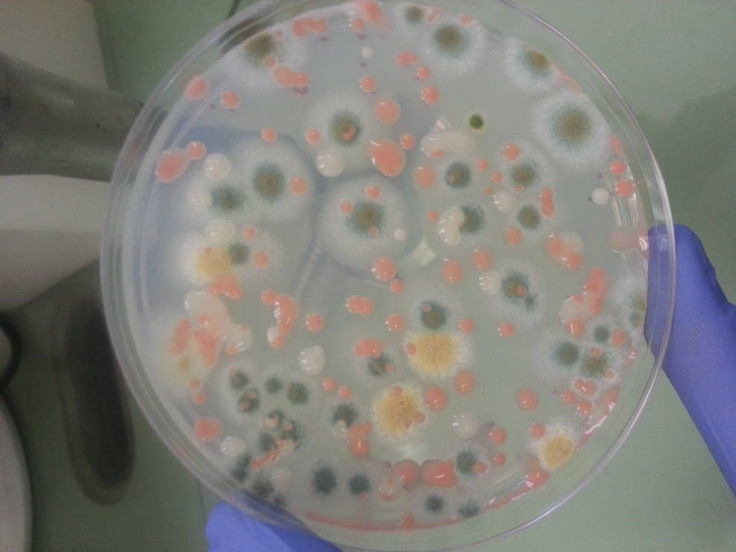This Superorganism Transforms Into Terrifying Monster As It Terrorizes Human Teeth [Watch]
KEY POINTS
- The superorganism is composed of two pathogens -- fungi (Candida albicans) and bacteria (Streptococcus mutans)
- On their own, both pathogens are non-motile
- Researchers found the superorganism while investigating the saliva of young children with severe tooth decay
A recent study has stumbled upon a fungi-bacteria superorganism that wreaks havoc on human teeth and causes tooth decay.
A short clip tweeted by National Institutes of Health (NIH) shows the superorganism transform into what looks like a vicious monster as it "walks" and "lunges" across tooth-like surfaces.
👻 Caught on film in time for #Halloween: This bacteria-fungi cluster creeps & crawls across teeth to rapidly form dental plaque, per an @NIDCR-funded study. One more reason to brush & floss after Halloween treats! https://t.co/deCez9qwkq #NIH pic.twitter.com/X80eXpauJi
— NIH (@NIH) October 31, 2022
The superorganism is composed of two pathogens -- fungi (Candida albicans), shown in blue, and bacteria (Streptococcus mutans), shown in green. The clip was the result of the study, published on Oct. 3 in the journal Proceedings of the National Academy of Sciences.
"This is not something I would even dream about," co-senior author Hyun (Michel) Koo, a professor of orthodontics at the University of Pennsylvania, said, reported NIH.
"These organisms from different kingdoms are nonmotile, meaning they can't move by themselves. But when together, they develop mobility that's usually reserved for higher organisms such as insects and vertebrates," Koo further said.
Researchers found this mosaic superorganism, while investigating the saliva of young children with severe tooth decay.
The microbial assemblage moves across tooth-like surfaces with the help of fungi's fiber-like hyphae as "legs." While the fungi help in movement, the bacteria piggyback on the fungi, growing and expanding all the while.
"The dynamic fungal–bacterial interactions lead to biofilm superstructures that cause extensive and more severe damage of the tooth enamel surface," the authors wrote in their paper.
Interestingly, the bacterial-fungal clusters were found to be more resistant to antimicrobial agents commonly used in mouthwash, and were tougher to rinse off tooth-like surfaces than either microbe on its own.
"This discovery of a 'bad guy' superorganism is really ground-breaking and unanticipated," co-author and microbiologist Knut Drescher of the University of Basel in Switzerland, said, reported ScienceAlert. "No one would have predicted this."
The results of this study could go a long way in dealing with prevention and treatments for tooth decay, which affects 42% of American children and 59% of adolescents aged between 12 and 19, according to NIH.
Initially, it was found the bacteria, alone, moved at a speed of more than 40 microns an hour. However, within hours of the two pathogens joining forces, bacteria were observed jumping to substrates 100 microns away, a distance more than 200 times their usual body length.
The results could also shed light on how similar superorganisms that cause infectious diseases or environmental contamination operate with such rapidity.
"This collective multicellular migratory mode opens intriguing possibilities," the authors wrote. "This could be a stochastic mobility mechanism utilized by the interkingdom colonizers to boost range expansion nearby or possibly a navigation strategy to a desired direction or location."

© Copyright IBTimes 2024. All rights reserved.





















